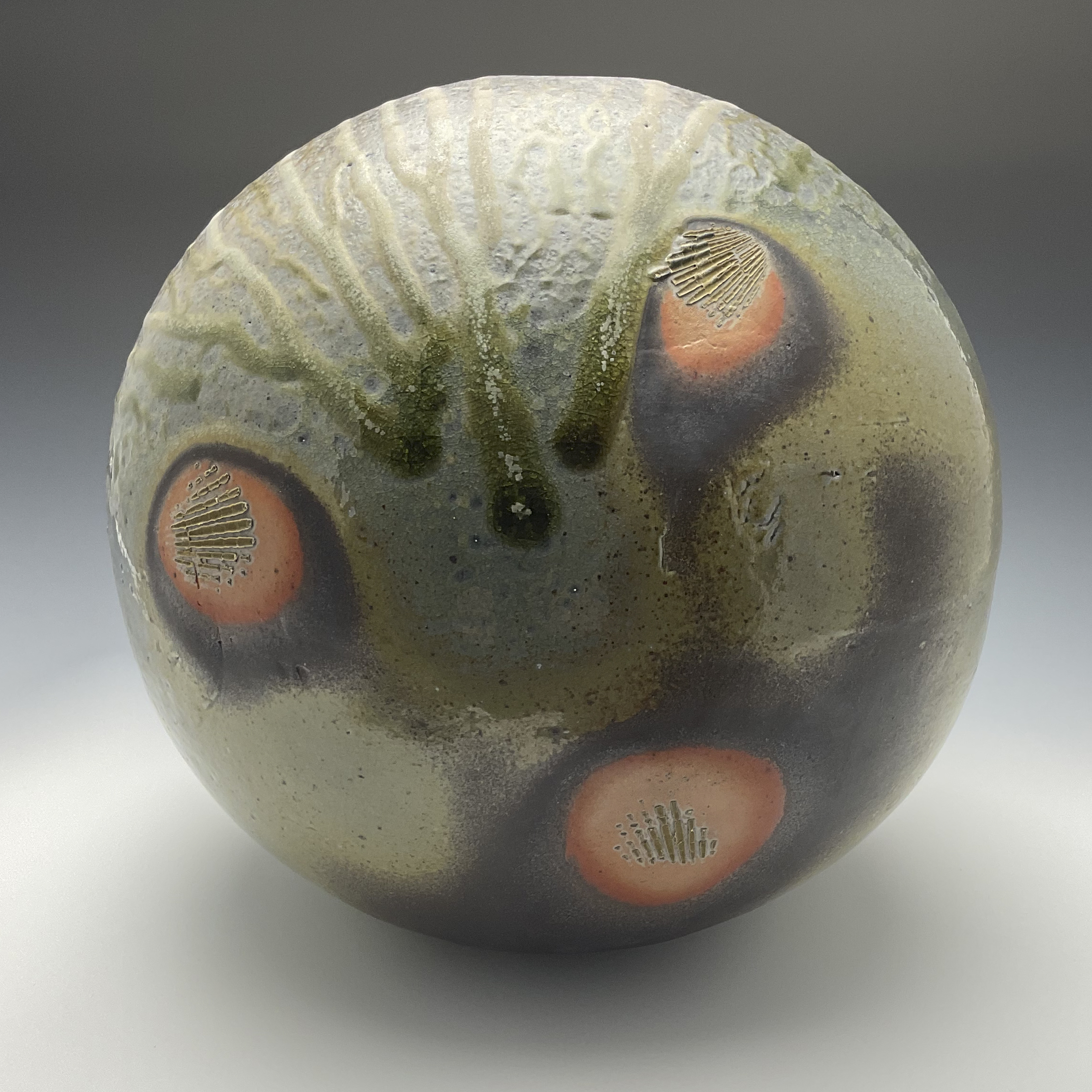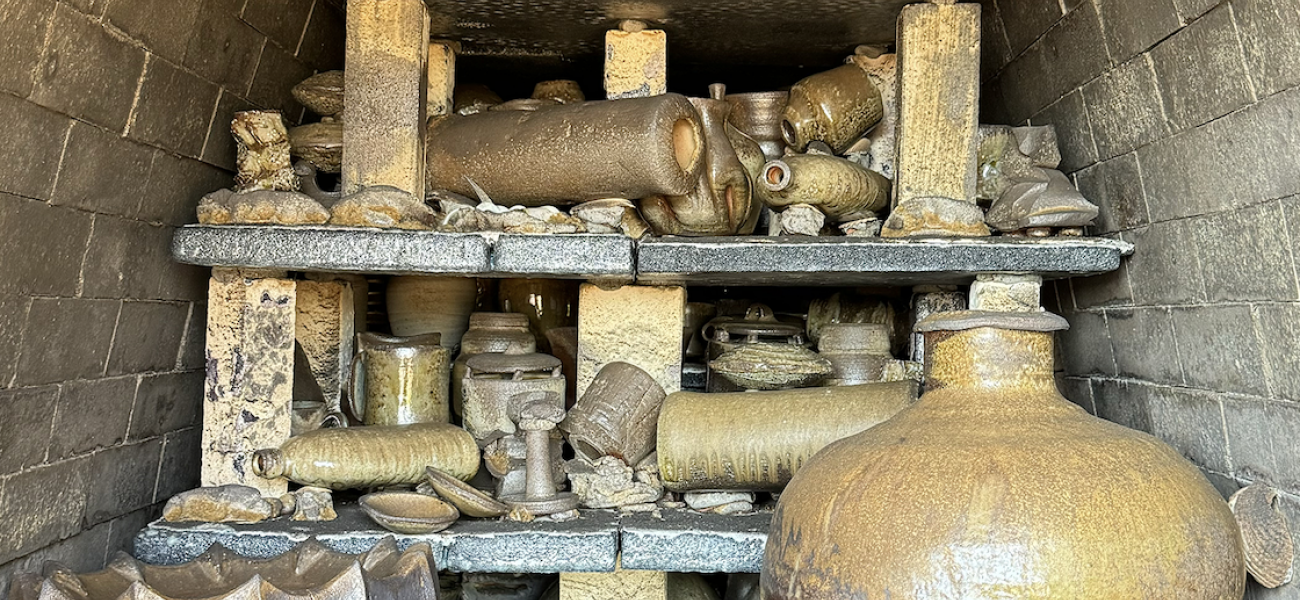Rob Boryk and I first crossed paths in 2014 when he joined the faculty at Juniata College and became part of Jack Troy’s firing crew, of which I was already a member. As like-minded educators and artists, we naturally found collaboration opportunities, frequently connecting our students across institutions to learn about wood-firing. A year later, in 2015, I discovered Anagama: Building Kilns and Firing by Furutani Michio (1946-2000), a profound resource originally published in 1994 and translated into English in 2006 by Shiori Noro, Dick Lehman, and Odin Maxwell. Furutani’s work goes beyond technical details; it encompasses the history, design, and operation of traditional Japanese anagama kilns. Immersing myself in this book offered me new perspectives and deepened my respect for the art of wood-firing.
 In 2021, I shared Furutani’s insights with Rob, and we were both inspired to explore the techniques, particularly the Iga and Shigaraki styles. We decided to step away from our usual approach and undertake a series of four experimental firings based on Furutani’s teachings. With limited resources, these experiments transformed our methods, bringing us closer to achieving the aesthetic we both aspire to capture in our wood-fired work.
In 2021, I shared Furutani’s insights with Rob, and we were both inspired to explore the techniques, particularly the Iga and Shigaraki styles. We decided to step away from our usual approach and undertake a series of four experimental firings based on Furutani’s teachings. With limited resources, these experiments transformed our methods, bringing us closer to achieving the aesthetic we both aspire to capture in our wood-fired work.
Historically, Iga pottery is characterized as “unglazed high-fired ware that appeared first in the 16th century in the Iga area of Japan. The stylistic characteristics of Iga pottery include lugs attached to the pieces and thick, abundant, flowing shizenyu (natural glaze) effects.”[1]
Shigaraki typically refers to pottery made in the Shigaraki, Shiga prefecture, area of Japan. These wares are traditionally made with clay that has silica and feldspar stones and less iron content than the clays used in other regions of Japan. When utilizing Shigaraki clay and firing techniques, “effects such as warm, reddish hi-iro (flashing), deep green natural ash biidoro (glassy surface), or burnt black koge (scorch) can be achieved.”[2]


